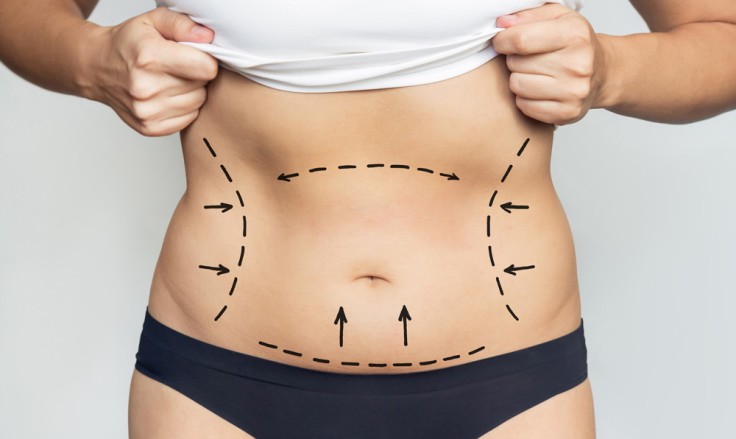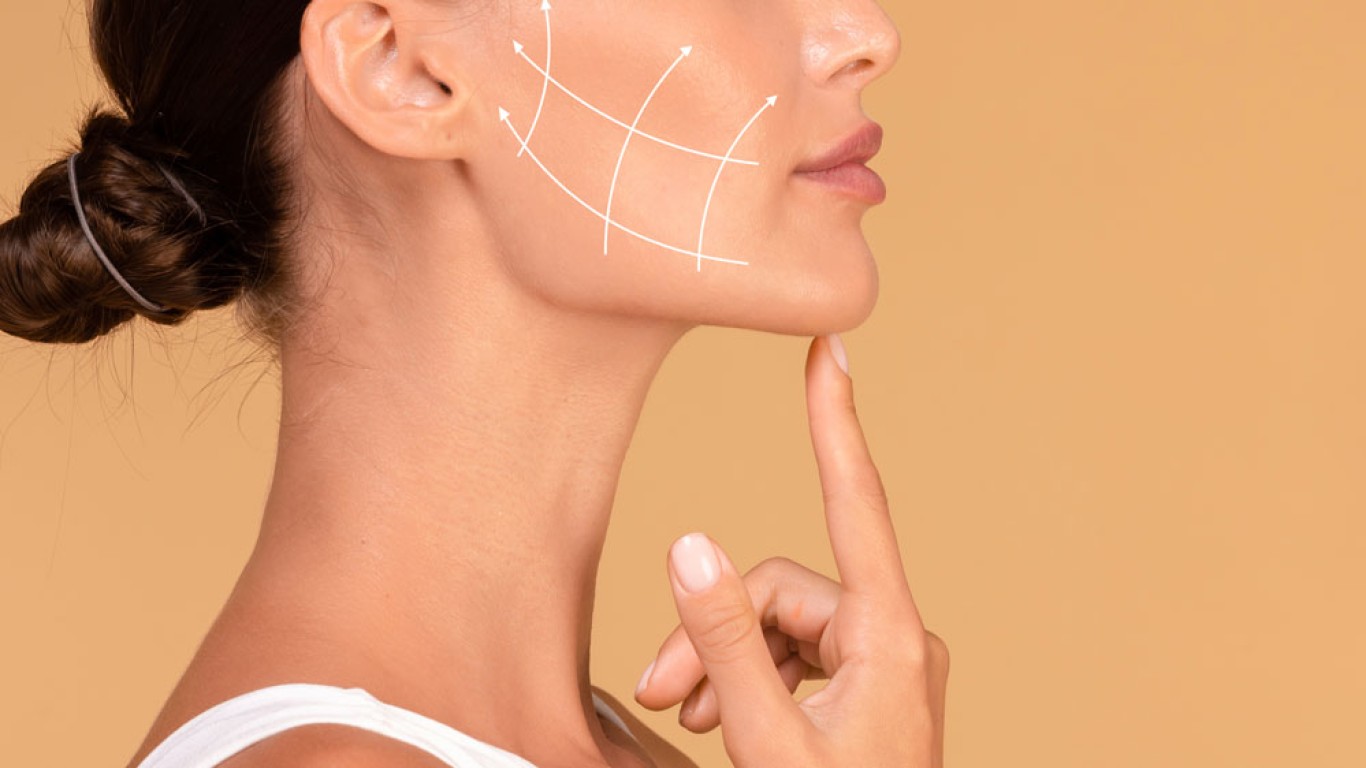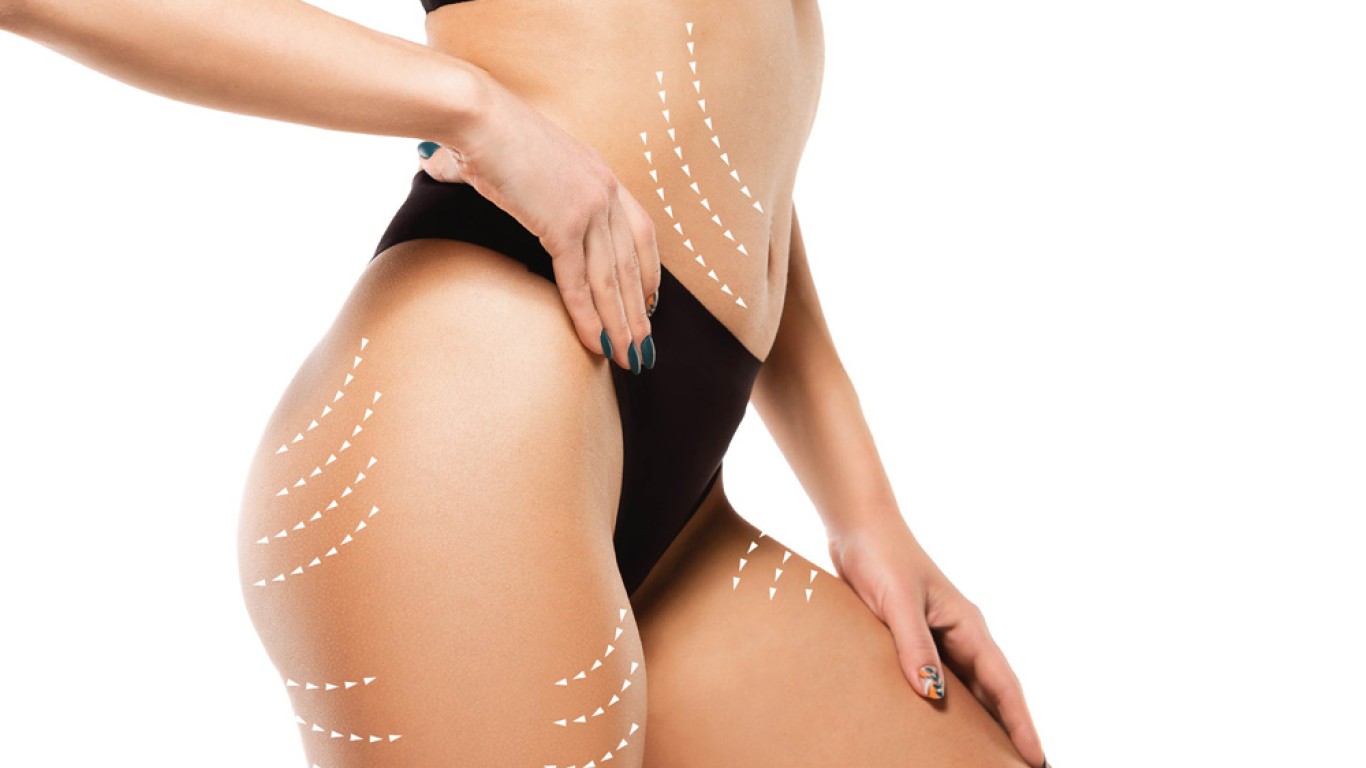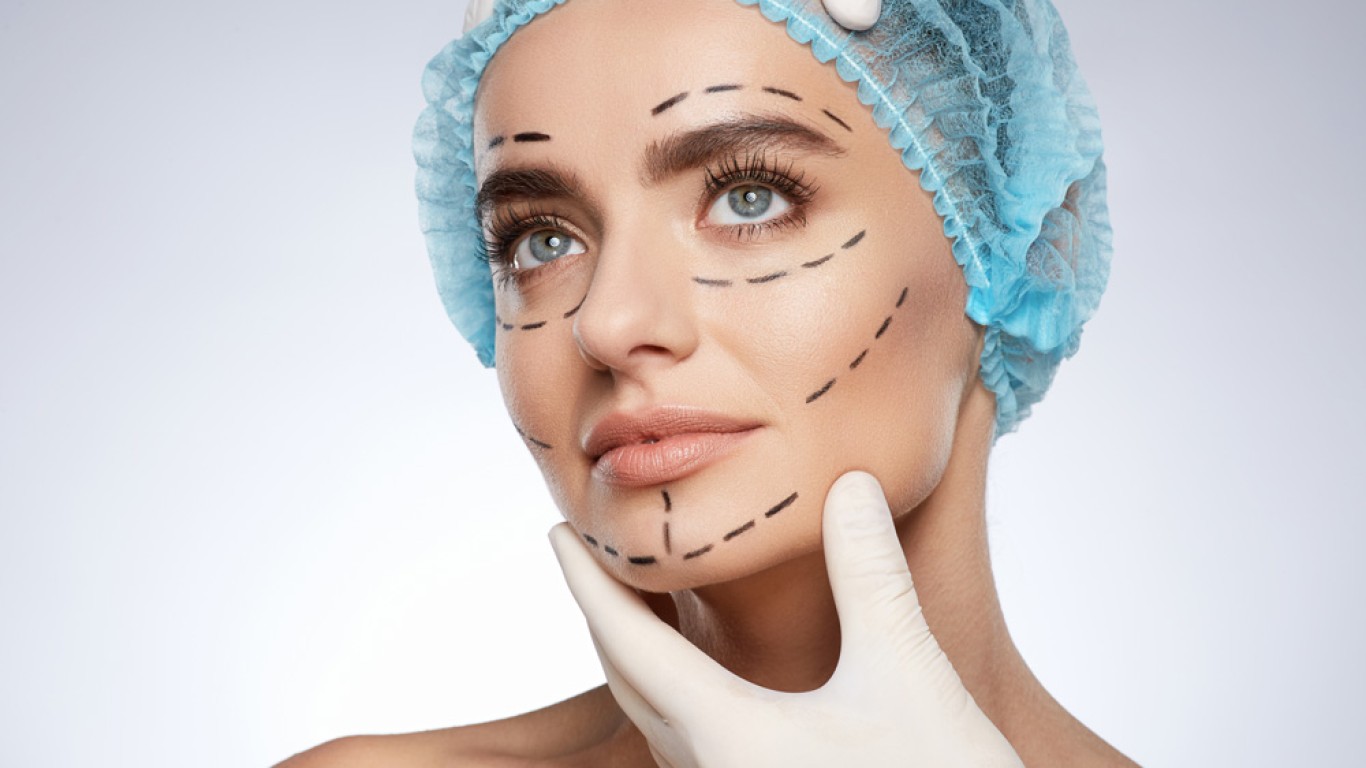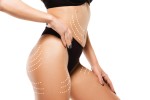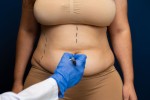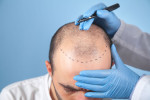Introduction
Fat reduction treatments have grown more popular as people seek effective, targeted ways to reshape their bodies. While diet and exercise remain vital, stubborn fat can be hard to lose. Today, fat reduction methods range from surgical procedures to non-invasive technologies. Each one offers different benefits depending on your goals, lifestyle and timeline. This guide explains the various fat reduction options available in 2025. We’ll explore how they work, what to expect, and who makes a good candidate. Whether you're considering a small change or a complete transformation, this overview will help you make an informed decision.
What Is Fat Reduction?
Fat reduction refers to treatments that tackle fat cells in specific areas of the body. This is unlike weight loss, which shrinks fat cells through diet or exercise. These treatments remove fat cells from the body or destroy them so they’re eliminated naturally. This can result in a more sculpted and contoured look. Fat reduction is not a substitute for weight loss. It’s best for people close to their ideal weight who want to refine particular areas.
Surgical Fat Reduction: Liposuction
Liposuction is the most well-known surgical fat reduction procedure. It removes fat cells through suction using a thin tube called a cannula. This technique allows for precise sculpting of areas like the abdomen, thighs, arms and hips. Performed under general or local anaesthesia, liposuction offers immediate results. Recovery may take several days to a few weeks, depending on the area treated. Bruising, swelling and mild discomfort are common at first. Liposuction is ideal for those who want permanent results and are prepared for some downtime.
Non-Surgical Fat Reduction Methods
In recent years, non-invasive fat reduction has gained popularity. These options require no surgery or recovery time, making them appealing to many. Several technologies are available, including:
- Cryolipolysis (CoolSculpting). This freezes fat cells, which are then naturally eliminated over time.
- Laser Lipolysis. This uses laser energy to heat and break down fat.
- Radiofrequency. This stimulates fat breakdown and tightens skin simultaneously.
- Ultrasound Fat Reduction. Sound waves disrupt fat cell walls without harming surrounding tissue.
All these treatments take under an hour and can be done in a clinic setting. Results typically appear within a few weeks and continue to improve for months.
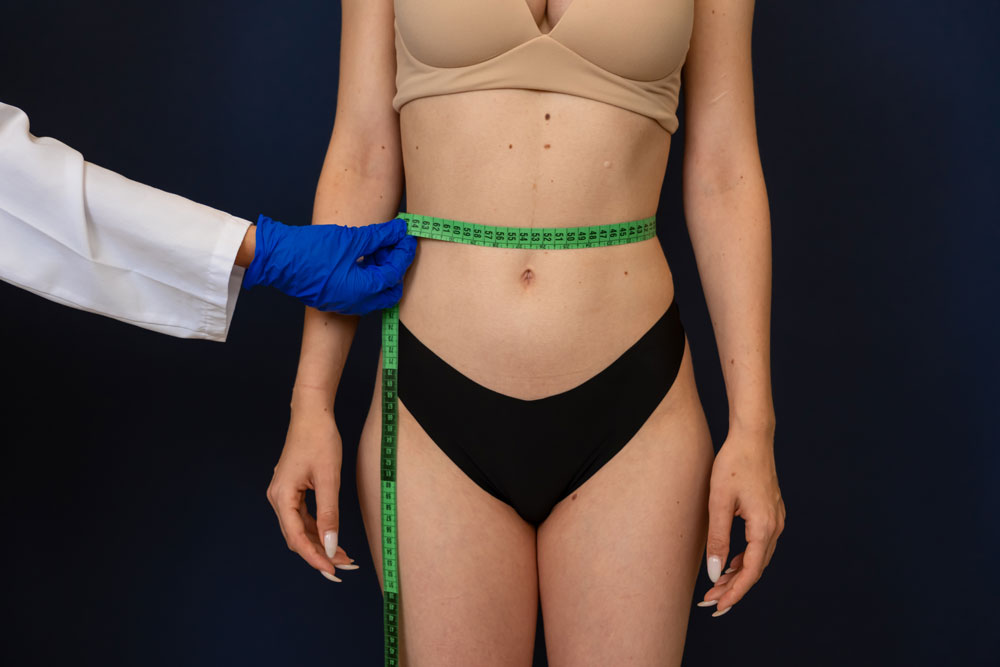
Fat Reduction Technique: Cryolipolysis
Cryolipolysis is also known by the brand CoolSculpting. It is one of the most popular non-surgical fat reduction treatments. It works by cooling fat cells to a temperature where they break down. This is done without damaging skin or tissue. A handheld device is used to target specific areas. Over time, the body processes the dead fat cells and flushes them out naturally. Sessions are generally painless, with only mild numbness or tingling reported. Results begin to show after three weeks, with final outcomes visible around the three-month mark.
Fat Reduction Technique: Laser and Radiofrequency
Laser and radiofrequency devices use controlled heat to reduce fat and improve skin texture. These treatments are especially popular on the thighs, abdomen and arms. Laser lipolysis targets fat cells using heat. This causes them to break down and exit the body gradually. Radiofrequency, on the other hand, also boosts collagen production, making skin appear firmer. These procedures require multiple sessions for best results. However, they have the advantage of zero downtime and subtle, progressive improvements.
Fat Reduction Technique: Ultrasound
Ultrasound technology offers another non-invasive method for fat reduction. It uses high-frequency sound waves to break up fat cells beneath the skin. This method allows for accurate targeting of deeper fat layers. It’s suitable for people who want to avoid surgery but still get noticeable improvements. Sessions take 30–60 minutes, and most people return to normal activities straight away. Best results are seen after two or three sessions.
Ideal Areas for Fat Reduction
Fat reduction treatments can target nearly any area with stubborn fat. Common treatment zones include:
- Abdomen
- Flanks (love handles)
- Thighs
- Arms
- Chin and jawline
- Back
- Buttocks
Some technologies are better suited for specific areas. For instance, cryolipolysis works well on the abdomen. Meanwhile radiofrequency excels on areas needing skin tightening.
Who Is a Good Candidate?
Ideal candidates for fat reduction are close to their goal weight. They may have isolated pockets of fat. These areas haven’t responded to diet or exercise, despite consistent efforts. People with realistic expectations are more likely to be satisfied with results. While these treatments enhance your shape, they’re not meant for significant weight loss. Before beginning any procedure, a consultation is needed. This will help to assess your goals, medical history and skin type.
How Long Do Results Last?
Fat reduction results can be long-lasting, especially with proper aftercare. Once fat cells are removed, they don’t return. However, new fat can form if weight is gained after the procedure. Maintaining a healthy diet and regular exercise is crucial. Non-surgical methods may require maintenance treatments every year or so, depending on the individual.
Combining Fat Reduction with Other Treatments
For best results, fat reduction can be paired with other treatments. Skin tightening technologies are often combined with fat removal to improve skin firmness. Some patients also choose body contouring treatments like muscle stimulation or lymphatic drainage. These enhance the sculpting effect and support quicker recovery. Combination plans are tailored to each patient’s needs, ensuring a holistic approach to body shaping.
Benefits of Modern Fat Reduction Techniques
Today’s fat reduction methods are safer, faster and more accessible than ever before. Key advantages include:
- Minimal or no downtime
- Gradual, natural-looking results
- Non-invasive options
- Long-term fat reduction
- Improved confidence and body contour
With so many options available, you can choose what best suits your goals and lifestyle.
Conclusion
Fat reduction treatments offer targeted solutions for stubborn body fat that doesn’t respond to exercise. Whether you prefer surgical or non-invasive methods, today’s techniques provide effective, long-lasting results. Understanding your options and choosing the right treatment can help you achieve a smoother silhouette. Always consult with a qualified clinic to find what’s best for you.
For more information and to book a consultation visit the ACIBADEM Beauty Center website.
Frequently Asked Questions
It depends on the method. Non-surgical treatments show results in weeks, surgery shows results faster.
Yes, the fat cells removed won’t return. However, new fat can accumulate if weight is gained.
Most treatments are well-tolerated. You may feel slight pressure, heat or cold depending on the method.
Non-surgical treatments often need 2–4 sessions. Surgery is typically a one-time procedure.
Yes. Non-invasive methods require no downtime. You can resume daily activities straight away.
